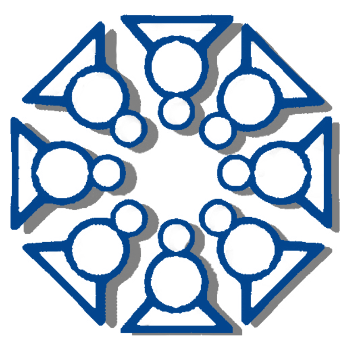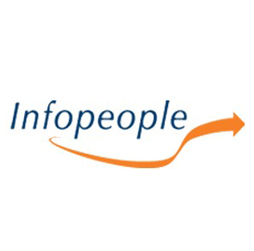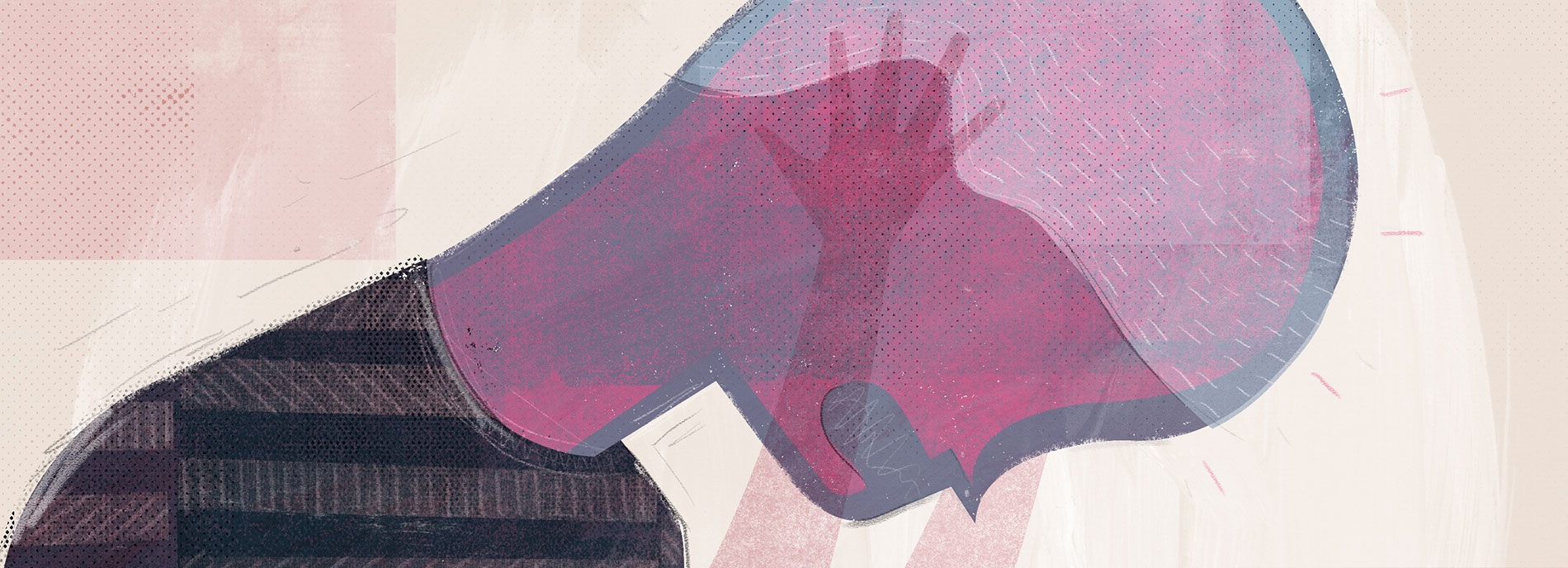Has your library become more accessible & inclusive of people with disabilities? Share your story with Project Enable!

As part of our IMLS Laura Bush 21st Century Librarian grant, the Project ENABLE team would like to solicit stories from librarians, support staff (including paraprofessionals, aides, etc.) and administrators describing any changes you have made (even small ones can have big impact) in the past five years to improve accessibility and inclusion for people with disabilities in your library or even when your library was closed and things went virtual. Some examples are: a revised or new program or service, a renovation or simple changes to the layout of furniture in your library, adding physical supports to the inside or outside of your building (e.g., ramps, railings, elevators), provision of special signage or hearing support, use of an assistive technology, revision of your library’s web site or a library program’s web site (e.g., adding closed captioning, providing alternatives to text). These are just a few of the possible changes you might have made to your library to accommodate your patrons (and perhaps staff) with disabilities.
If we choose your story, we’ll pay you $100 and post it on our Project ENABLE site (https://projectenable.syr.edu) so that it can inspire others.
Deadline for submissions is June 15, 2021.
Each story should include (1) your name, the name of your library, and the location of your library (city, state); (2) how you came up with your idea for change; (3) what that change was and its intended goal; (4) any barriers (if any) you had to overcome to make that change; (5) any supports (e.g., people, funding) you had (if any) to make that change; (5) evidence that you achieved your goal through impact (revealed in an observation, a conversation, etc.) of that change on at least one patron with a disability. Each story should be 400-500 words in length.
Autistic Blogger Shares the Communication Challenges of Describing Physical Pain
The following blog entry was published in Autism and Expectations: De-Mystifying Autism
Performing Pain: Autism
“I am not good at communicating my pain. It’s my greatest weakness. I am terrible at asking for help, I am terrible at reaching out to you, and I am worst at this when I’m distracted by physical discomfort.
I have often been told what a “coper” I am. How well I cope with stressful situations, how well I cope with shock and pain. Not because I am coping, but because I communicate these things differently.
What is pain? How do you quantify it? How do you get across just how much or how little you are in?
I am autistic, which means that I have a social communication condition, which means that I do not naturally or intuitively understand or (perhaps more importantly) perform social communication.
Most of the time I can do it all. I have learnt your ways, I may not understand why THIS QUESTION needs THIS ANSWER, but I know enough to say it anyway. I know how to interpret your body language, I know how to mirror you, how to place my intonation, how to gesture, how to place my expressions. I am so well practised and this is such a well-worn skill that there’s no delay at all…
Unless I’m in pain. Pain wipes all those things away. It wipes away my ability to read you, it wipes away my ability to project pained expressions.
Pain destroys my ability to communicate like a non-autistic. Why? Because it takes up so much space.
Imagine you can speak another language quite well – not fluently, you have to think of each word, but you can speak it. Now imagine that you are in pain and you need to communicate that to someone, but can only do it in that language. How difficult would it be to find the words? When you stub your toe, would you be able to think quickly enough to say the right word, or would you automatically respond in your native tongue?
When I am in pain my expressions fall, my lilting, musical intonation becomes low and flat, my face blank, my shoulders stiff. When I am in pain I react in my natural way, in my intuitive way. I become silent and passive and connecting to other people seems like a distant dream.
Words are in my head, but I struggle to get them out. Talking feels strange and alien. All the ways I know to ask for help slip through my fingers and I watch them as they fall.
Pain makes me ‘authentically’ autistic, it strips back my mask and my connections, and it sits me down; silent and alone.
Ask me in those moments to quantify my pain, ask me to give a number from 1-10, and see me get lost in the detail. The big-picture is that you just want to know how bad my pain is – I am not naturally a big-picture thinker. See how I try to work out the “right” answer. I cannot go too high, how high is losing a limb? How high is a heart attack? How high is the biggest pain I can imagine? Best to be conservative. Best to give myself leeway for more pain. Best to say that the greatest pain I have ever experienced is a 6, and this is nearly there, so it’s a 5.
The big-picture is that they want to know how much pain I am in, but I cannot see that without my communication-filter in place. I cannot see beyond the literal and the “right”. If I say 5 and say it without wincing or grimacing, you will not understand. You will leave me with my detail. You will leave me with the second biggest pain I have ever felt, because I cannot speak your language.
Those closest to me know that when I go silent and still (still in all but my hands, I am a tactile stimmer), those are the moments that I am in trouble. They understand my communication.
I worry that one day I will be surrounded by people who do not. People who think that pain looks big and loud and obvious, not small and quiet and far away.
We need to remember that no matter how good I am at appearing to be one of you, I am not. Your language is not my language. Your intuition is not my intuition.
We need to remember that I cannot always communicate in your ways. I cannot always do things for you, sometimes I will need more, sometimes I will be screaming for help in my way. The question is, will you hear me?”
Author: RHI, writer and blogger
Autsit: Meditation for people on the autism / neurodiverse spectrum
 The Autsit meditation group is for people on the autism / neurodiverse spectrum. The facilitator, Anlor Davin, is Lay Ordained in the Soto Zen tradition but the group does not follow any formal practices apart from basic upright sitting. Beginners are very welcome.
The Autsit meditation group is for people on the autism / neurodiverse spectrum. The facilitator, Anlor Davin, is Lay Ordained in the Soto Zen tradition but the group does not follow any formal practices apart from basic upright sitting. Beginners are very welcome.
Click HERE to sign up for our mailing list.
Internet Autistic Meditation
We are now facilitating meditation online via Zoom (continuing post-Covid) on the 1st and 3rd Sundays of each month. The 1st Sunday meet is at 11am to allow people from Europe to join, and the 3rd Sunday meet is at 5:00pm (Pacific Times). This is free and open to autistic and other neurodivergent people as well as their respectful allies. The meetings begin with a brief introduction, followed by 30 minutes of meditation, then a short talk and group discussion. To ensure security, a link to the Zoom meeting will be emailed to you some time before the actual meetings (if you are on the mailing list) so check your mail for that as the meeting approaches. The links will be different for each meeting. For security please do not share the link on social media!!
(For history buffs, here is our old, pioneering, Online Meditation Hall, now on hiatus)
Project ENABLE is Seeking Librarians to Participate in Video Interviews

Project ENABLE is seeking six librarians to participate in five video interviews with librarians who have addressed any of the challenges below (number and type of librarian needed). Interviews are 30-45 minutes in length and are done using Skype or Zoom. Participating librarians will receive a modest stipend ($100) for participation.
- Creative application of UDL principles to library programs, even when faced with small budgets and limited choices (1 academic or school librarian)
- Navigation of cultural expectation, taboos and stereotypes around disability issues to avoid false assumptions and biases (e.g., attributing behavioral challenges of black children to “misbehaving” or “being bad” rather than to ADHD or Autism even when told they have the condition) (1 academic or school librarian)
- Use of Universal Design as a framework for adapting or replacing inaccessible library facilities and/or furniture (1 academic or school librarian)
- Provision of appropriate library services to teen and/or adult patrons with developmental disabilities (1 academic or public librarian)
- Inexpensive ways to make my library space accessible (2 academic, public, or school librarian)
We can send questions in advance, if requested. Our current, completed video interviews are available on the Project ENABLE site if you want to get an idea of what we are looking for. Just go to https://projectenable.syr.edu and look under tab “Resources” and “Video” format.
Please contact Dr. Ruth Small, Director, Project ENABLE, at drruth@syr.edu to volunteer for one of these video interviews or for more information. Thank you.
(Please note: This blog post is a revision/clarification of the June 9 post)
Seeking Video Presenters for IMLS Funded Project, “Library Services to Patrons with Disabilities: A Problem-Based Learning Approach,”
Project ENABLE (Expanding Non-discriminatory Access By Librarians Everywhere), developed a decade ago at Syracuse University and supported with IMLS grant funds, is a comprehensive training resource designed for library professionals, from all types of libraries, in order to build capacity for providing equitable access and services to students with disabilities.
The current grant project, entitled “Library Services to Patrons with Disabilities: A Problem-Based Learning Approach,” partners Project Enable with Infopeople to provide online training covering a range of relevant topics and issues in the area of libraries and disabilities.. As part of the training objectives in this latest grant, project staff is tasked with providing potential video presenters to address the following topics:
- How can I creatively apply UDL principles for librarians when faced with small budgets and limited choices? (1) academic or school
- How do I navigate cultural expectation, taboos and stereotypes around disability issues to avoid false assumptions and biases (e.g., attributing behavioral challenges of black children to “misbehaving” or “being bad” rather than to ADHD or Autism even when told they have the condition)? (1) academic or school
- How do I use Universal Design as a framework for adapting or replacing inaccessible library facilities and furniture for my library? (1) academic or school
- How can I provide appropriate library services to teen and adult patrons with developmental disabilities? (1) academic or public
- What are some inexpensive ways to make my library space accessible? (2) academic, public, or school
If you are interested in being a video presenter on one or more of the topics listed, please send an email to Suzanne Schriar with a brief bio, which includes your expertise in the area of libraries and disabilities. Please also include a brief overview of your potential presentation.


